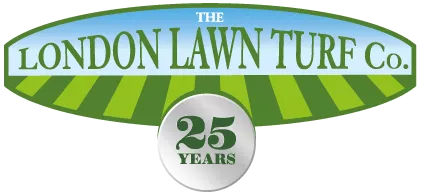The Essential Nutrients in a Good Quality Topsoil
The mark of a top quality topsoil is the correct ratio of sand, silt and clay. Soil types vary more than most people realise, even between garden beds at the same property. A combination of 60% sand, 15% clay and 25% silt results in a nutrient-rich product for mixing with garden soil or creating the ideal growing environment in planters. At this ratio, topsoil provides the ground with four essential nutrients: • Magnesium • Nitrogen • Potassium • Phosphorous With these nutrients, gardens have everything they need to house a sustainable, healthy and balanced soil for turf, plant and vegetable growth. Magnesium Chlorophyll, the essential green pigment in plants that enables photosynthesis, has magnesium as one of its constituents. Yellow veins on older leaves of a plant indicate a magnesium deficiency, something that a premium quality topsoil helps to restore. Nitrogen Leaves and stems rely heavily on nitrogen as a main growth nutrient. A deficiency stunts plant growth and leaves the older leaves looking yellow throughout. Too much nitrogen results in disproportionate leaf growth, usually at the expense of flowers and other parts of the plant. A balanced topsoil provides exactly the right amount of nitrogen. Potassium Potassium aids photosynthesis and helps in developing fruit or flowers. Yellow or dead marginal leaf tissue indicates a potassium deficiency. Phosphorous Phosphorous, an essential constituent for healthy plant growth and development, is the fourth important nutrient in a premium topsoil. Stunted roots and leaves with either a dark green or a purple discolouration indicate a lack of phosphorous in the soil.

